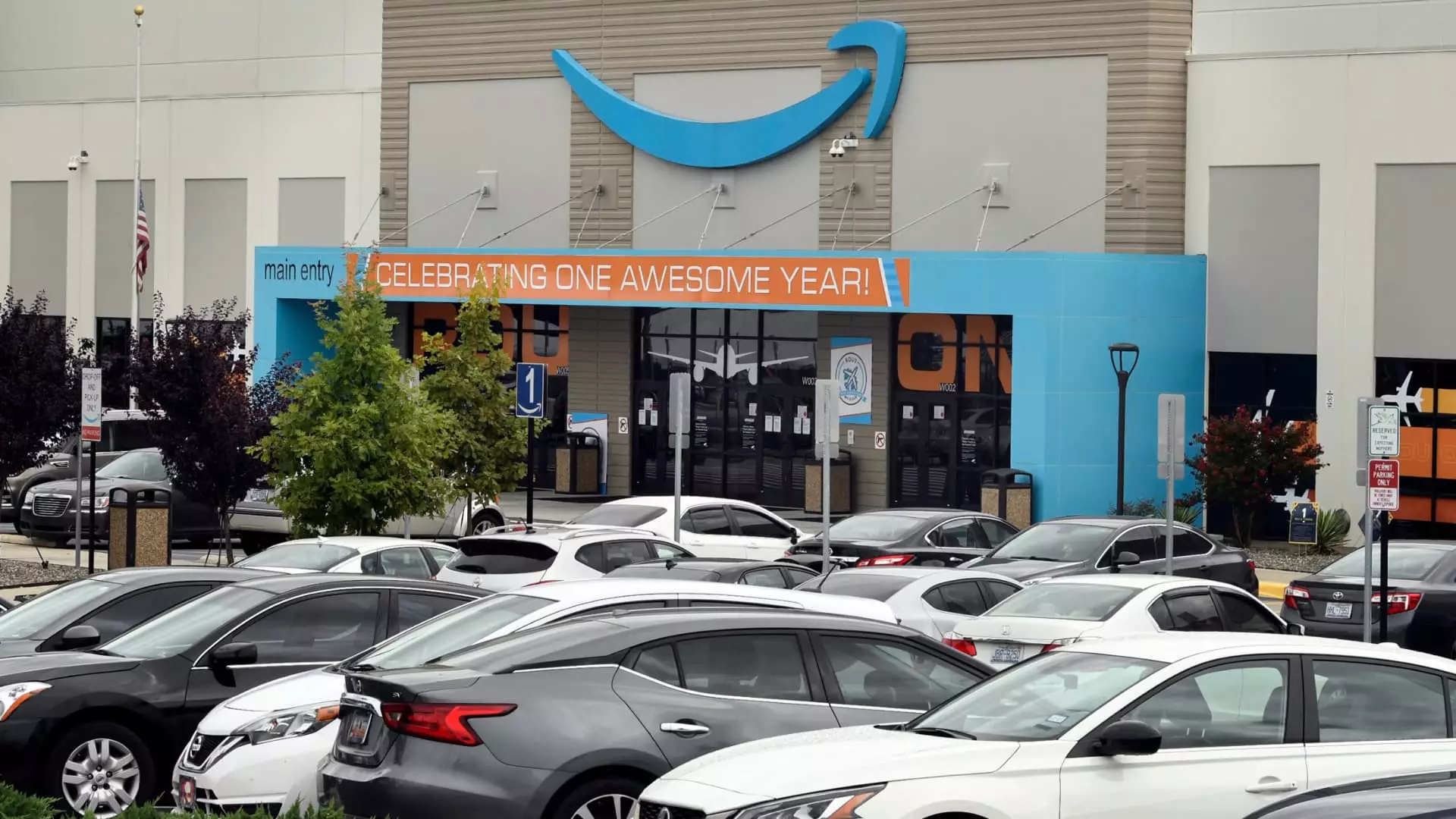The recent decision by Amazon workers in Garner, North Carolina, to reject union representation underscores a complex interplay of employee interests, corporate strategies, and the evolving landscape of labor relations in America. As the era of labor movements shows renewed vigor, the outcome of the election at the RDU1 facility raises pertinent questions about the future of unionization in the tech and retail sectors.
The election at the RDU1 warehouse, which saw a turnout of 3,276 ballots, concluded with 2,447 votes against unionization and 829 in favor. The results, which still await official certification from the National Labor Relations Board (NLRB), point to a decisive rejection of union representation by the majority of the workers. This facility is not insignificant; housing nearly 4,700 employees, it represents a vital segment of Amazon’s workforce.
The opposing organization, Carolina Amazonians United for Solidarity and Empowerment (CAUSE), has campaigned for three years, advocating for better wages and working conditions. The leadership of CAUSE characterized the election results as predominantly influenced by Amazon’s aggressive anti-union tactics. Their statement articulated a sentiment of disillusionment regarding corporate practices, suggesting that the outcome reflects a systematic effort by the company to stifle collective bargaining efforts. Such claims of intimidation encapsulate the broader concerns around worker agency in a giant corporation like Amazon.
In the aftermath, Amazon issued a statement expressing satisfaction with the election results, emphasizing that the employees had made an informed choice to maintain a direct relationship with the company. Amazon’s spokeswoman, Eileen Hards, dismissed allegations of misconduct, asserting the company’s transparency in discussing unionization with employees. This narrative is critical for Amazon, particularly as it seeks to maintain its non-unionized status across its formidable workforce.
Historically, Amazon has adopted a proactive approach to counter union efforts, employing various communication channels within its facilities to convey anti-union sentiments. This strategy aims not only to inform but to dissuade workers from pursuing unions. The company’s portrayal of CAUSE as an “outside party” seeking to intrude on its operations aligns with a broader corporate tactic that aims to frame union representation as a potential disruption rather than a facilitative initiative.
The significant opposition to unionization at the RDU1 facility occurs in a time of resurging interest in labor rights across the United States. Despite the defeat at Garner, union wins in other locations, such as in Staten Island and Whole Foods stores, suggest that there is a growing momentum toward labor organization—an aspect that Amazon must address as it navigates future labor relations.
While national surveys reveal that around 67% of Americans support labor unions, this positive sentiment is not reflected in actual membership numbers. The decline in union membership, particularly in the private sector, points to a disconnect between public opinion and actionable collective representation. For instance, only 5.9% of private-sector workers were union members in 2024, a stark contrast to public sentiment that favors worker organization. This gap highlights challenges that labor organizations face when trying to translate broad support into concrete union membership.
Additionally, it is essential to note that North Carolina has historically had low unionization rates, with only 2.4% of workers represented in unions as of the past year. This lack of representation further challenges grassroots movements like CAUSE, which aim to improve labor conditions within one of the nation’s largest employers.
Looking ahead, the implications of the Garner election encompass more than just immediate union prospects. The challenge for labor organizations like CAUSE lies in mobilizing resources and support to encourage employees to advocate for collective rights despite setbacks at the voting booth. Ensuring that employees are aware of their rights and the potential benefits of unionization remains essential, especially in a workplace environment characterized by rapid changes and perennial uncertainty.
As Amazon continues to evolve, workers’ frustrations stemming from inadequate wages, intense workloads, and questionable labor practices may ignite future efforts for union organization. The support from larger unions, such as the International Brotherhood of Teamsters, can potentially bolster local initiatives through strategic alliances.
While the Garner warehouse reflects a significant defeat for CAUSE, it also opens discussions regarding the broader labor movement’s trajectory in America. Stratagems employed by corporations in the face of unionization efforts will remain a critical area of scrutiny as workers continue to navigate the complexities of modern employment in the corporate landscape. The resilience of workers facing challenges may ultimately drive more dialogues around rights, representation, and the crucial need for solidarity in the workplace.

